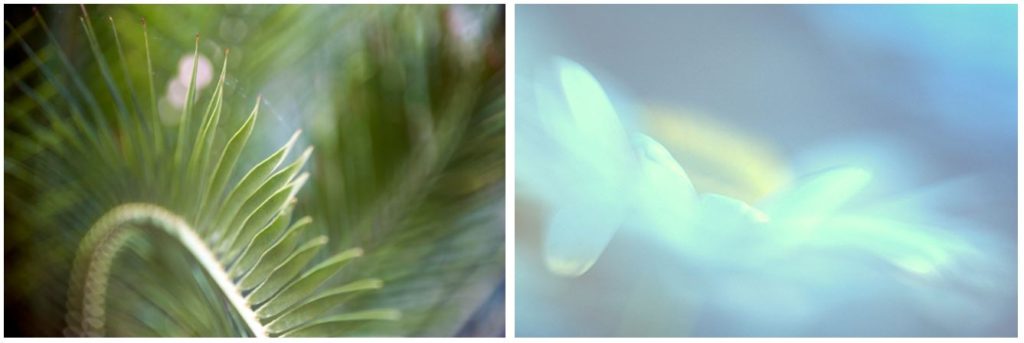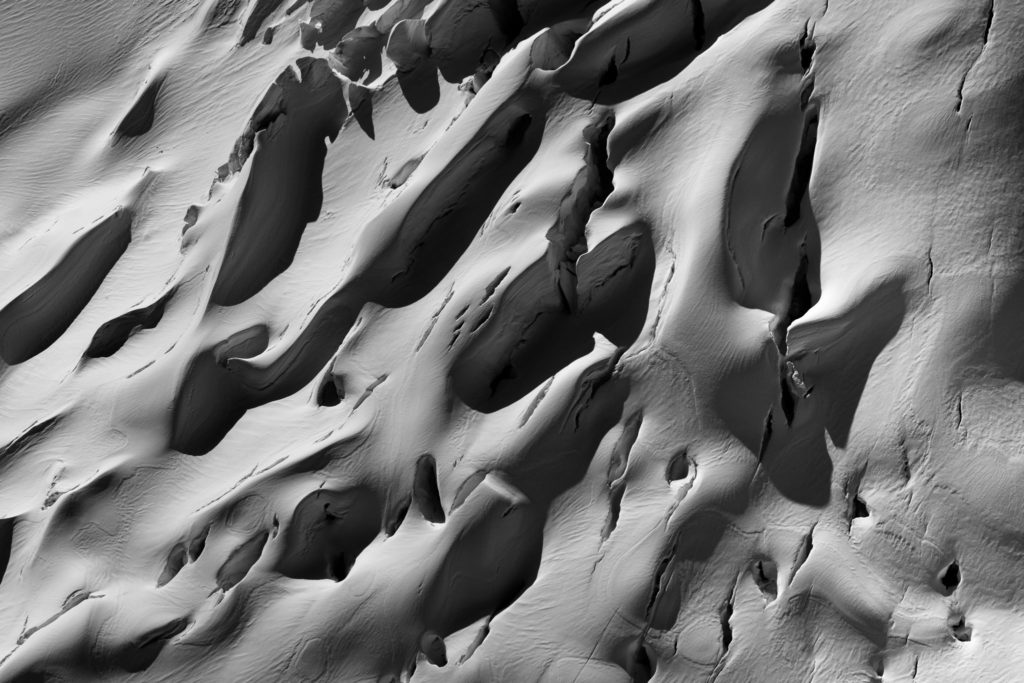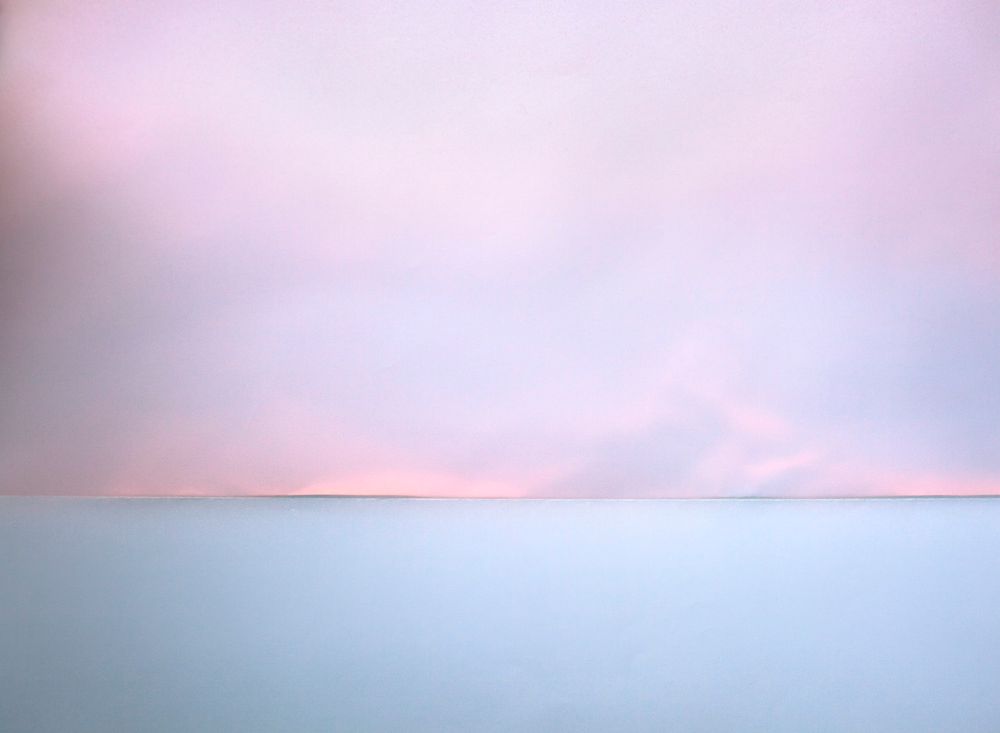Abstract photography is a means of depicting a visual image that does not have an immediate association with the object world and that has been created through the use of photographic equipment, processes or materials. An abstract photograph may isolate a fragment of a natural scene in order to remove its inherent context from the viewer, it may be purposely staged to create a seemingly unreal appearance from real objects, or it may involve the use of color, light, shadow, texture, shape and/or form to convey a feeling, sensation or impression. The image may be produced using traditional photographic equipment like a camera, darkroom or computer, or it may be created without using a camera by directly manipulating film, paper or other photographic media, including digital presentations.
One of the key advances of abstract photography has been the realization that cameras are not required to make photographs. Since the early twentieth century, abstract artists have continually returned to the “photogram” – the cameraless photograph – as a medium allowing for uniquely self-reflexive and creative interventions into the photographic form. Rather than capturing an image by the passage of light through shutters onto photosensitive paper, the paper itself is directly manipulated and treated – often brought into contact with other objects – allowing for a potentially endless array of effects. As a general rule, abstract photography has tended to avert its gaze from extraordinary and arresting subject-matter. Instead, it focuses on the irregular forms and impressions which can be generated by representing familiar objects in new ways.

“THE MOST ASTONISHING POSSIBILITIES REMAIN TO BE DISCOVERED IN THE RAW MATERIAL OF THE PHOTOGRAPH”




Maija Annikki Savolainen
The series Paperworks, by Savolainen, is a study on the colors of sunlight and the photographic way of seeing. The images are made with a folded, white A4 sheet placed in direct sunlight at different times of the day and year. When looking at the picture at a distance, one might see a horizon line. When taking a closer look, it becomes clear that there is something strange about the view. The horizon appears to be a fold on a sheet of paper, the colors are reflections of sunlight on the white surface; a little bit of information makes the eye see something else than before. This series is a clear example of abstract photography linked to the natural landscape.




